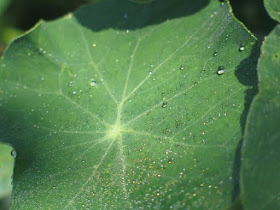FOOD FORESTS
A
food forest is exactly what it sounds like… an abundant and self
sustaining forest of edible, medicinal and other useful plants.
There are 7 layers to a food forest:
1. CANOPY: oak, pecan, walnut, olive
2. SUBCANOPY: almonds, cherries, dwarf fruit trees
3. SHRUBS: currants, berries, paw paw, elderberry, bamboo
4. HERBACIOUS: echinacea, comfrey, mugwort, parsley, cilantro
5. GROUNDCOVER: strawberries, creeping thyme, some mints
6. CLIMBERS: grape (wild, table or wine), scarlet runner bean, akebia, kiwi
7. RHIZOSPERE: daikon, radish, beets, carrots, onions
The
soil layer down to 6” or so is the next layer essential for all the
layers above; the microsphere. This layer consists of the soil food
web; organic matter (mulch) feeding fungi, bacteria, protozoa, nematodes
and the larger arthropods.
Let us design this type food system for your property! Contact us today for reduced cost!
Pomegranate Punica granatum
The
pomegranate is a deciduous tree growing to 20ft in height by 15ft
wide. A native from Iran to the Himalayas in northern India it has been
cultivated since ancient times throughout the Mediterranean region of
Asia, Africa and Europe. Because of the many seeds found in pomegranate
fruits, they were regarded as a symbol of fertility by the ancient
cultures of Egypt, Greece, and Rome.
The
fruits ripen 6 to 7 months after flowering. The fruits improve in
storage if not split and become juicier and more flavorful. The juice
sacs may be frozen intact or the extracted juice may be concentrated and
frozen, for future use.



















































